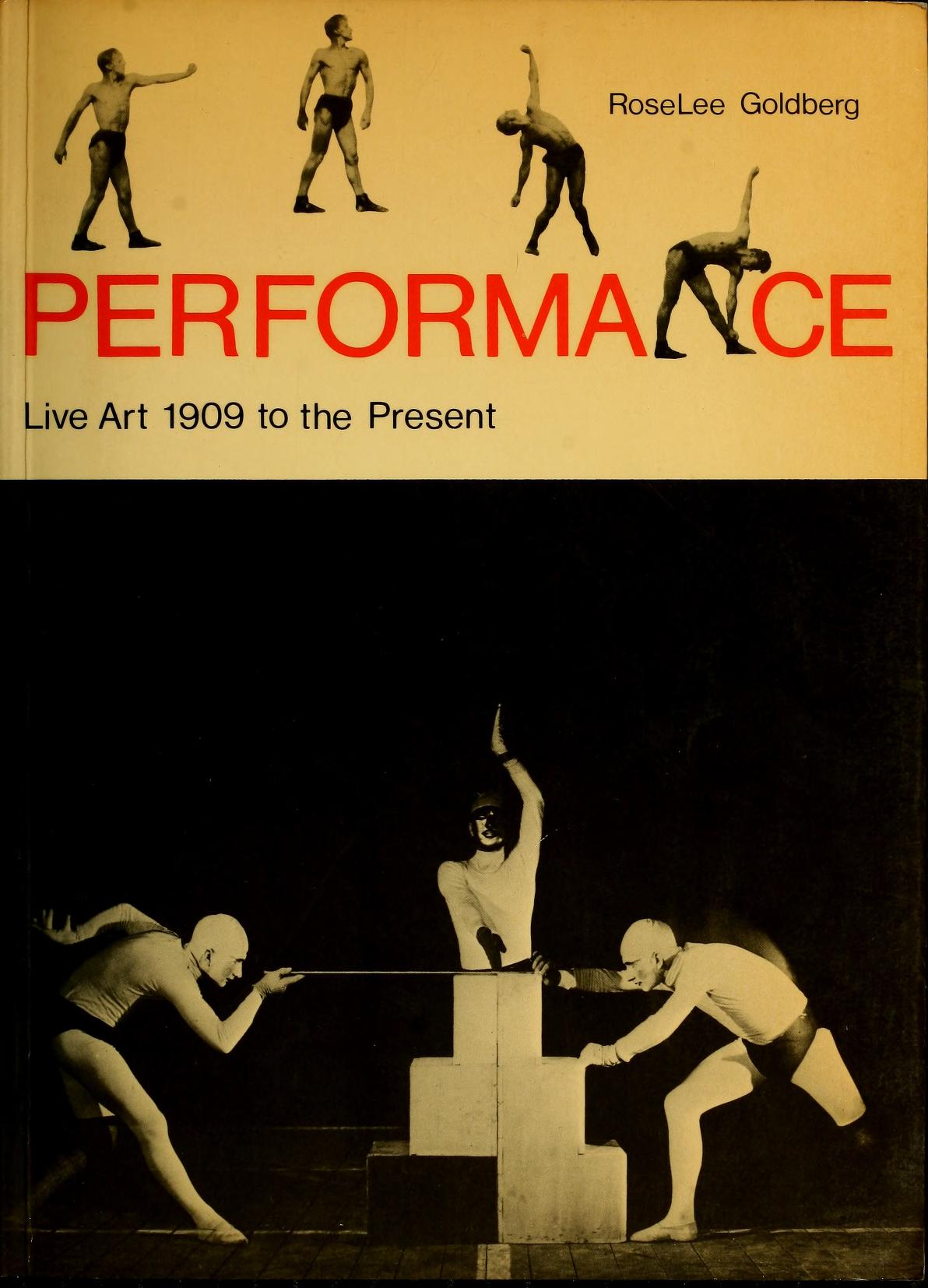Alessandro Colizzi: Bruno Munari and the Invention of Modern Graphic Design in Italy, 1928-1945 (2011)
Filed under thesis | Tags: · 1920s, 1930s, 1940s, art, avant-garde, constructivism, design, futurism, graphic design, italy, painting, typography

“Despite the difficult political conditions under the Fascist regime, Italy saw its own modernist wave hit the commercial arts in the 1930s, resulting from a complex interplay of factors as diverse as the weight of Futurism, the rise of advertising, and the debate surrounding Rationalist architecture. This research examines Bruno Munari’s work as a graphic designer from the late 1920s to mid-1940s, with the aim of understanding the emergence and characteristics of the modernist trend in Italian graphic design. Taking shape in Milan, this original ‘design culture’ eclectically brought together two quite different strains of Modernity: a local tradition represented by the Futurist avant-garde, and a European tradition associated with Constructivism. Munari (1907–1998) worked simultaneously as painter and as advertising designer: he debuted with the Futurists, whose broader cultural reach he shared, while also remaining open to other currents—such as Dadaism and Surrealism—and ultimately aligned himself with a more Abstractionist stance. Insofar as he was an exponent of the new advertising profession, his design work also reflects its evolution, mixed references, aspirations, and limits. Concentrating on Munari’s stylistic development, the study seeks to explore the interaction between the Futurist visual vocabulary and conceptions coming from architecture, photography, abstract painting, and functionalist typography trickling in from central and northern Europe. Hence, the discussion positions the designer in his time and place, concentrating as much on the artefacts as on the broader cultural framework. Secondly, the study attempts to assess Munari’s reputation against a body of exemplary work, based on firsthand documentation. It is the first extensive, detailed record of Munari’s graphic design output, and as such provides a substantial base for a full understanding of his œuvre. While Munari’s evolution is dealt with chronologically, the analysis of his graphic works highlights key areas of visual interest, offering a cross reading that sheds light on their underlying poetics, themes, and formal attributes. In its trajectory, Munari’s wide-ranging graphic design work shows how modernist ideas were received and assimilated in the Milanese environment of the 1930s, as well as the shift in conceptions of the graphic design profession—from one related to avant-garde art practice to a Modern one, based on rational idioms. The roots of modern Italian graphic design, which fully emerged after 1945, can be traced to this heterogeneous legacy—and it is no coincidence that Munari became one of the fields’ leading exponents.” (Abstract)
Doctoral Thesis
Faculty of Humanities, Leiden University Academy of Creative and Performing Arts
Promotor: G. Unger
Co-promotor: T.M. Eliëns
PDF (Works section missing)
PDFs
RoseLee Goldberg: Performance: Live Art 1909 to the Present (1979–) [English, Spanish]
Filed under book | Tags: · art, art history, bauhaus, dada, futurism, happening, live art, painting, performance, performance art, spectacle, surrealism

A provocative history of live art traces the precedents of contemporary multi-media events to Bauhaus experimentalism and surveys the Futurists’ manifesto-like events, the Dadaists’ cabarets, and later “happenings” and “spectacles.”
Publisher Harry N. Abrams, New York, 1979
ISBN 0810914565, 9780810914568
128 pages
Performance: Live Art 1909 to the Present (English, 1979, 44 MB, updated on 2018-10-28)
Performance art: desde el futurismo hasta el presente (Spanish, 1996, 67 MB, updated on 2017-7-10)
Halina Stephan: “Lef” and the Left Front of the Arts (1981)
Filed under book | Tags: · 1920s, art, avant-garde, constructivism, factography, futurism, left, literature, poetry, productivism, revolution, russia, soviet union
“This study analyzes the artistic theory and practice of the Left Front of the Arts (Levyi front iskusstv – Lef) with a special focus on the journal Lef (1923-1925). Two themes are central to this account: the organizational activities of the Lef group directed toward making Futurism a formative force within the Soviet culture and the artistic proposals published in Lef that had the same goal.”
Publisher Otto Sagner, Munich, 1981
Slavistische Beiträge series, 142
ISBN 3876901863, 9783876901862
242 pages
Review: Jullan Graffy (Slavonic and East European Review 1983).
PDF (8 MB, updated on 2012-7-18)
PDF (6 MB, added on 2020-11-25)
JPGs (added on 2015-8-10)

